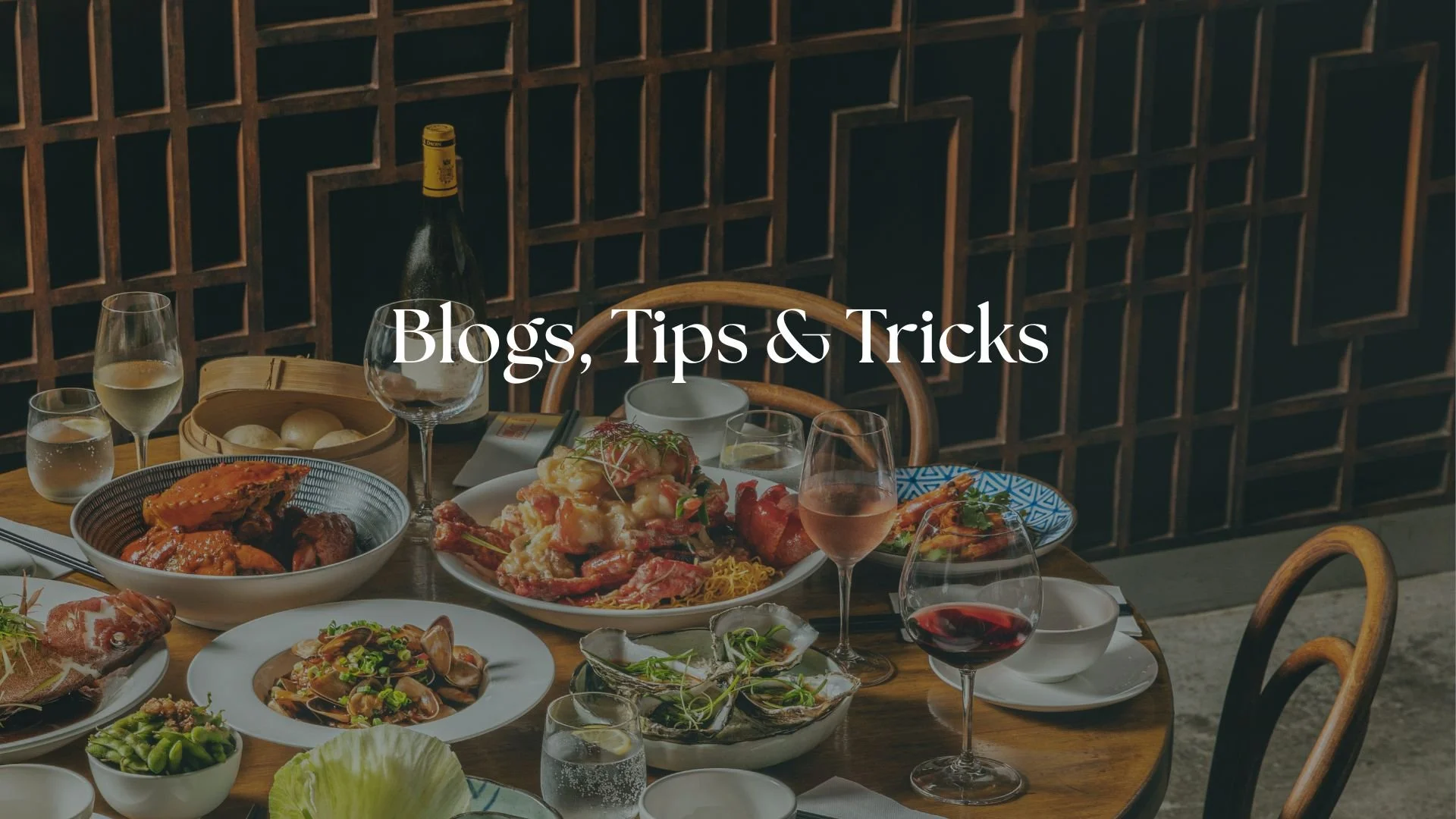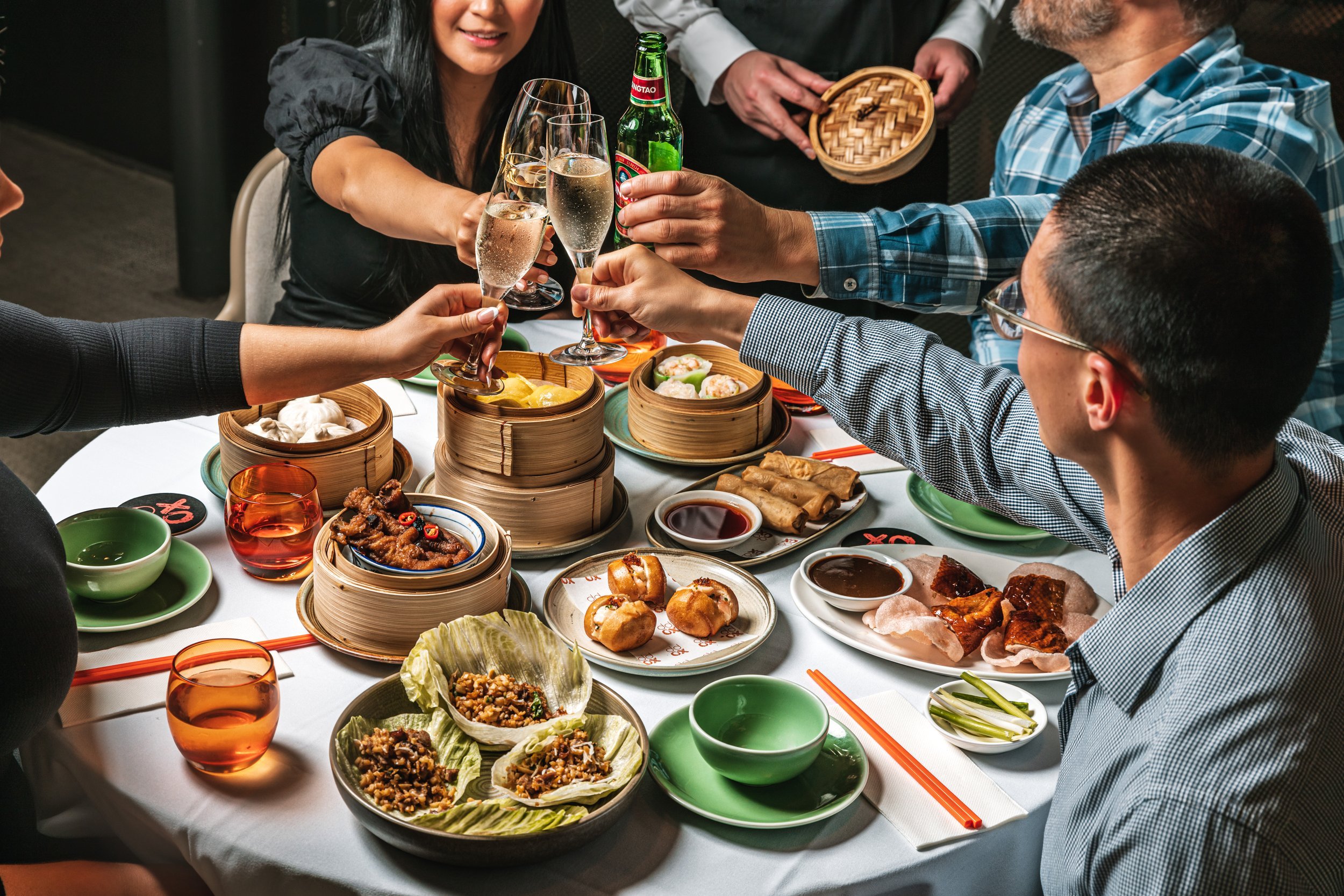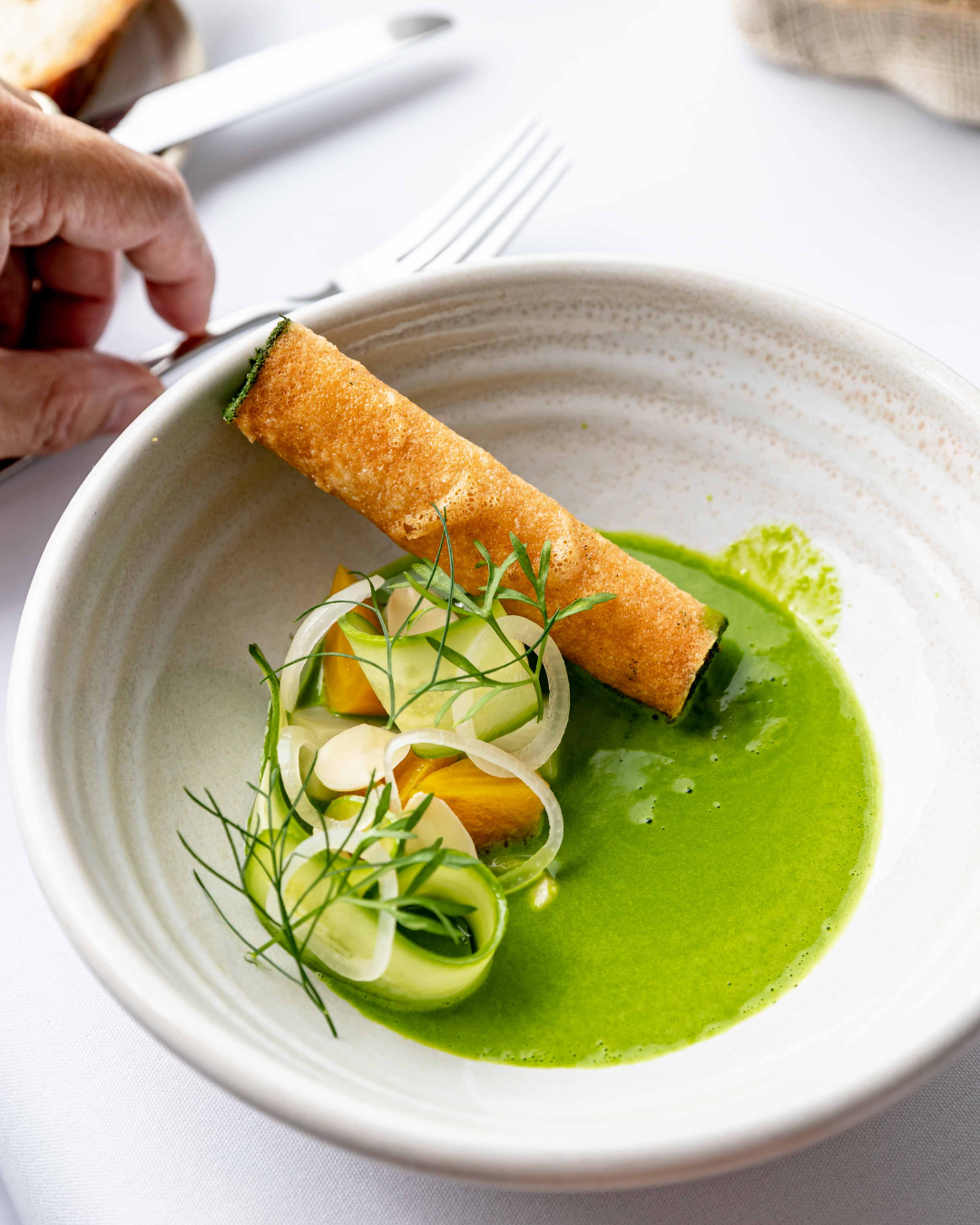Frozen by Fear, Fired Up by Flash: My Unbelievable First Client Shoot with Studio Light
Let’s talk about fear.
Specifically, that cold, paralyzing fear that can grip us when facing something new and intimidating in our creative journeys. For me, for the longest time, that fear had a name: Studio Lighting. Flash. Strobes. Call it what you will, the idea of wrestling with artificial light, of trying to command these alien pieces of technology, absolutely terrified me.
Maybe you can relate? I'd always been hesitant, convinced I just didn't "get" lighting. I'd even dabbled with some cheap, basic flashes in the past, trying to follow tutorials, but the results were always… underwhelming. Weird shadows, strange colour casts – it just looked terrible. It reinforced my belief that maybe I just wasn't cut out for it. Better to stick to natural light, right? Safer.
But then came the inevitable plateau. I started hitting limitations. I’d look at my photos, especially from shoots in less-than-ideal conditions, and feel a pang of frustration - “Why are my photos so… dull?” The decision paralysis was real whenever I considered investing properly. Which flash? Which brand? Which modifiers? How much? What’s the cost? What else? I'd ask peers, get conflicting (and expensive) advice, and ultimately, just… do nothing, retreating back into my natural light comfort zone.
When the Pain of Staying Put Becomes Too Great
What finally tipped the scales wasn't a sudden burst of courage, but rather, acute pain. I did a shoot, poured my heart into it, and when I got the photos onto my computer… they were yellow. Everything was bathed in this awful, sickly yellow hue from the ambient light I couldn't control. Trying to correct it in post was a nightmare, sucking the life and vibrancy out of the images.
That was it. That frustration, that feeling of being let down by circumstances I could potentially control with the right tools, became more potent than my fear. The pain of those yellow photos suddenly felt far worse than the pain of spending the money, or even the deep-seated fear of failing with new, expensive gear. I realised I had to do something. I couldn't let unpredictable lighting dictate the quality of my work anymore.
Actual photo of the photoshoot. September 2018.
So, I bit the bullet. I decided to invest. My first proper flash unit cost me around $1600 Australian dollars. Then came the light stand ($100) and a simple umbrella modifier ($100). All up, about $1800 AUD invested into this technology I fundamentally didn't understand and was deeply afraid of embarrassing myself with. That's not even counting the professional camera body I'd bought months before. The stakes felt incredibly high.
The Height of Fear: Zero Preparation
Now, here’s where my fear manifested in a truly illogical way. You'd think after spending that kind of money, the first thing I'd do is meticulously study the gear, practice in my living room, run test shots, right?
Wrong.
I was so utterly terrified of confirming my own incompetence, so afraid of not being able to master this thing, that I didn't even take it out of the box to test it. My fear was this encompassing, irrational beast that whispered, "If you don't try, you can't fail." It sounds ridiculous now, but at the moment, the anxiety was overwhelming. How could I possibly learn the language of this machine, translate it through my camera, and then onto my computer? How could I make this intimidating piece of metal and electronic parts be a part of my creative identity? I genuinely thought, "I can't do this, and yet, I have to."
Trial by Fire: Sink or Swim at the Client Shoot
And so, armed with brand new, completely untested lighting gear and a stomach full of knots, I turned up to my very next client photoshoot. I unpacked the flash (not from the box, I did take it out of the box to charge the batteries), the stand, the umbrella, fumbling slightly, projecting a confidence I absolutely did not feel. My internal monologue was racing. "What are you doing? You have no idea how this works. They're going to know you're a fraud."
I set everything up, guessing at placement based on the videos I had watched. I dialled in some settings on the flash, more through hope than knowledge. Took a deep breath. Raised the camera. Focused. Click.
I lowered the camera and glanced at the LCD screen, bracing for disaster. But… it wasn't a disaster. It was… beautiful. The colours were gorgeous, crisp, and clean – no yellow tinge in sight! The light was soft yet defined. For some miraculous reason, those initial settings, pulled almost out of thin air, were just… perfect.
The first picture with flash! Taken March 2019.
I had this sudden, electric "Oh my God!" moment. Relief washed over me, quickly followed by disbelief. "Okay," I told myself, "Don't say anything, Kera. Just keep going. Maybe it was a fluke. Just bullshit your way through this."
The Panic, The Logic, The Click
I took the next photo. Click. Looked at the screen. White. Utterly, blindingly overexposed. Panic flared instantly. "See? Fluke. You don't know what you're doing."
But then, something else kicked in. Amidst the panic, a calmer, more logical part of my brain surfaced. "Hang on a second," it reasoned, "You shoot in manual mode. You control the camera settings. The flash adds light, but the camera still operates on your inputs."
Right. Manual mode. Okay. What affects exposure? ISO. Shutter speed. Aperture. My ISO was probably still set high from a previous shoot, maybe 400. Scroll. Lowered it to 100. That helped, but it was still too bright. Okay, aperture. I was probably wide open at f/4 or something. Click. Closed it down a stop or two, maybe to f/5.6 or f/8.
Took another shot. Click. Looked at the screen.
Perfect.
It just… clicked. In that moment, forced into a corner by my own lack of preparation, I had to rely on the fundamentals I did know. I had to think logically, problem-solve on the fly. It wasn't about intuitively understanding the "personality" of the flash (though maybe that came later); it was about methodically adjusting variables and observing the results. It required embracing that logical, technical side of myself to master the tool.
By the end of that session, I felt like I'd run a marathon, but I also felt exhilarated. I had faced my biggest gear-related fear head-on, completely unprepared, and somehow, I’d figured it out. I’d navigated the panic, applied logic, and started to understand how to make this intimidating tool work for me.










Mastery Through Action
From that day on, my relationship with flash changed. That terrifying first shoot, that sink-or-swim moment, was the catalyst. It proved to me that I could learn it, that it wasn't some mythical beast understandable only to tech wizards. It was a tool, and like any tool, it could be understood and mastered through practice and logical application.
Before and After Flash: Side by Side comparision:
No flash. Relying heavily on window light. Overall, product and subject matter is unclear.
Flash. Some ambiant light but not overly distracting. Shot inside restaurant without window reliance.
Flash, little to no ambiant light. Shot inside restaurant without window reliance.
Looking Back to Moving Forward
Looking back now, it's easy to see all the amateur mistakes I made during that intense first shoot with the flash. In hindsight, the technical errors, the fumbling, the moments of sheer panic – they're glaringly obvious. But here’s the honest truth I've come to realise: even if I had meticulously practiced for hours in my living room beforehand, I have no doubt I still would have made many of those same mistakes, perhaps even more, when faced with the real pressure of a client session. Fast forward to today 7 years on from that pivotal moment, and while I'm fully aware that the photos from that specific day aren't technically my 'best work' by my current standards, for many reasons, I remain incredibly, fiercely proud of them. Why? Because they represent the moment I stopped letting fear call the shots. They're tangible proof that I took a chance on myself, invested despite the terror, and showed up ready to learn, even if it meant learning the hard way. That experience cemented a vital lesson deep within me: Bet on yourself. When you decide to go all in on your own potential and commit to figuring things out, you simply can't lose in the long run – because the growth itself is the real victory.
Also, I do encourage preparation and practice shooting before any big project. Don’t do what I did and almost literally shoot straight from the box! XD
So, if you're standing where I was – afraid of a new piece of gear, a new technique, a new step in your creative path – please know that the fear is normal. But also know that action, even imperfect, terrified action, is the antidote. Sometimes, the best way to learn is to simply jump in, trust your foundational knowledge, and figure it out as you go. You might just surprise yourself with what you're capable of.
See the slideshow below to see my work evolve throughout the years.
What creative fears have you faced? Was there a "sink or swim" moment that led to a breakthrough for you? Share your story in the comments!


































































